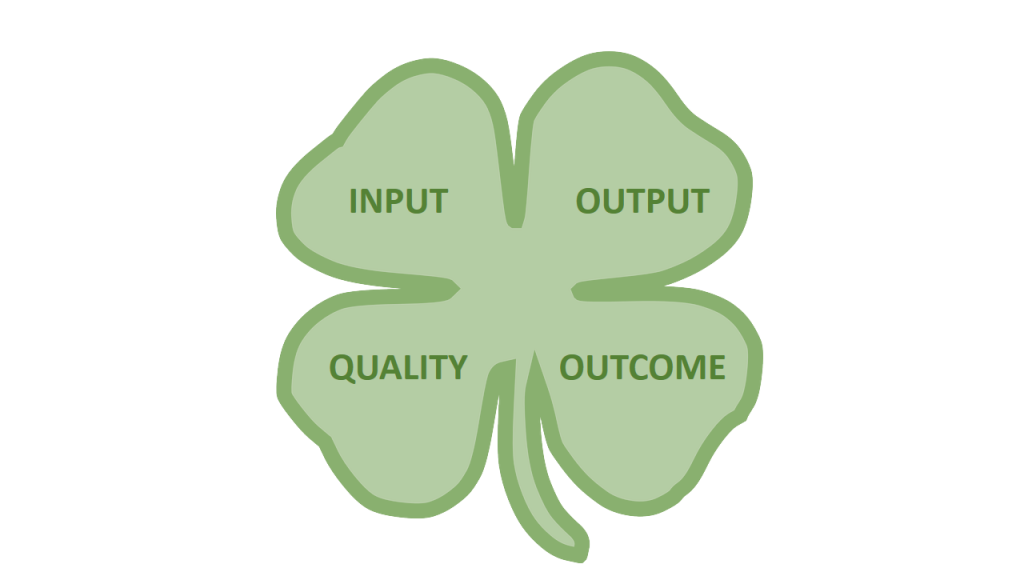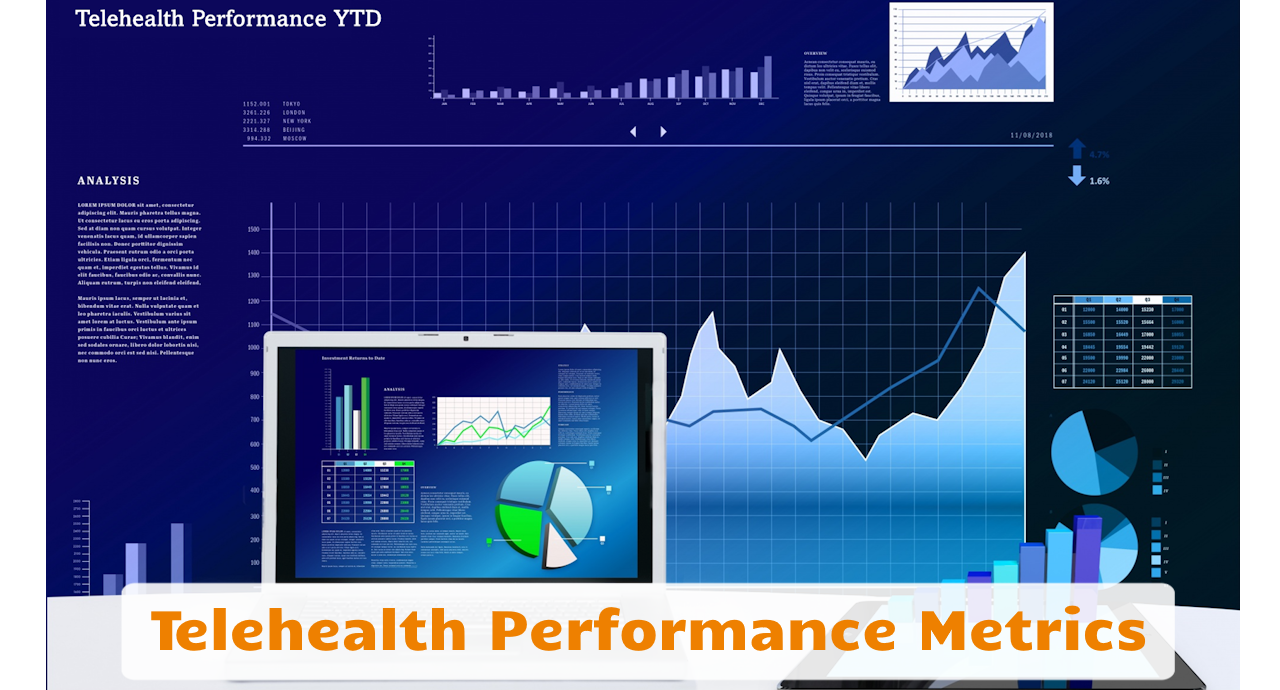How do you assess the performance of telehealth? As the most quotable American quipped below, setting yourself a destination is key to knowing when you are successful.
If you don’t know where you’re going,
you’ll end up someplace else.
— Yogi Berra
For telehealth, this means being able to define what success looks like. What are the various aspects of performance that should be measured? And what level of performance should be considered success?
Even 3 years after the Covid-19 health crisis brought telehealth to most clinics, many leaders still either don’t know or don’t care (enough) to assess the performance of telehealth on an ongoing basis.
In last week’s article I highlighted that the most meaningful metrics focus on quality and on outcomes. But even input or output measures can be useful, if a reasonable goal was set, against which the metric can be assessed.
A Solid Set of Telehealth Success Measures
So what are some good, solid measures to track the performance of your telehealth services, your telehealth success?
Input Measures are typically easy to obtain, though they are often not as meaningful. But they can be used by leadership to assess whether certain processes are being followed.
Here are some Input Measures
- Number of clinicians trained, e.g. on telehealth workflows and webside manners – assuming that training will lead to higher satisfaction for clinicians and patients
- Number of patients TechChecked – assuming that this will avoid frustration for both providers and patients
- Percent of workflows defined – a valuable metric given that telehealth success is mostly about the smooth execution of workflows.
- Number of equipment deployed – probably one of the least meaningful metrics, because deployment does not mean utilization.
Here are some Output Metrics
- Number of video visits – this could be by specialty (primary vs. behavioral), by clinic, by provider level (MDs vs. advanced practice providers).
- Number of telephonic visits – especially important when telephonic visits are no longer reimbursable by some payers.
- Number of billable visits – critical during the public health emergency
- Saved miles driven — a cute FYI metric that could indicate the positive economic impact in terms of money for gas or other transportation and environmental benefits.



On the Quality side are the metrics that are harder to obtain but provide more meaningful insights.
- Provider Satisfaction – if providers are not absolutely comfortable and satisfied with telehealth as an alternative care delivery option, telehealth will never succeed
- Staff Satisfaction – delivering telehealth well is a team sport and requires a set of various workflows, most of them executed by staff
- Patient Satisfaction – most patients are already satisfied because of the ease and comfort; but true satisfaction is only achieved when providers like telehealth, too
- Technical Performance – telehealth is not about the technology, except when the technology does not work; monitoring tech issues is crucial for telehealth success
Finally, here are some valuable Outcome Measures:
- No-show rates — of telehealth visits compared to in-person visits
- No-show/cancellation conversion — when telehealth is used to increase continuity of care
- Care plan engagement — comparison of engagement of patients cared for by telehealth vs. in-person care
When to declare telehealth success
So, when and how do you declare telehealth success? Collecting and analyzing metrics are only one part of the performance management process. As I mentioned in the previous article, metrics are most valuable when they are compared against a target, an expectation. When clearly defined and agreed-on goals are set and subsequently met, you can declare success.
If not, then at least you can with confidence intervene by identifying and eliminating the root causes of underperformance.
Ultimately, it is important that the targets for each metric are set and are either aligned with the organization’s overall strategic objectives or are set in consensus with those who can impact them.
Only then will success in telehealth feel like success to all.








To receive articles like these in your Inbox every week, you can subscribe to Christian’s Telehealth Tuesday Newsletter.
Christian Milaster and his team optimize Telehealth Services for health systems and physician practices. Christian is the Founder and President of Ingenium Digital Health Advisors where he and his expert consortium partner with healthcare leaders to enable the delivery of extraordinary care.
Contact Christian by phone or text at 657-464-3648, via email, or video chat.






